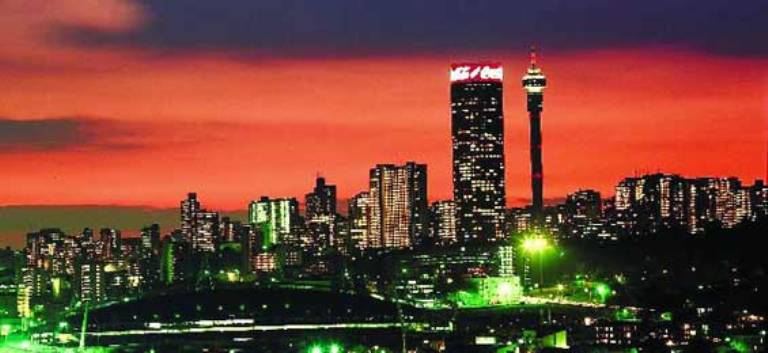
Joburg is Africa’s Most Visited City in 2016
Johannesburg is set to be the most popular destination city in Africa for the fourth year, according to the 2016 Mastercard Global Destinations Cities Index. The city is expected to welcome 3.6 million international overnight visitors in 2016, a 6.2% increase on last year’s 3.39 million visitors. Cairo in Egypt is the second most visited […]

Johannesburg is set to be the most popular destination city in Africa for the fourth year, according to the 2016 Mastercard Global Destinations Cities Index.

The city is expected to welcome 3.6 million international overnight visitors in 2016, a 6.2% increase on last year’s 3.39 million visitors.
Cairo in Egypt is the second most visited African city with 1.5 million international overnight visitors followed by Cape Town (1.4 million visitors), Casablanca in Morocco (1 million visitors), and Durban (831,000 visitors).
“Tourism remains an important driver of South Africa’s economy, and the steady rise in visitor numbers indicates how the City of Gold’s fascinating mix of iconic attractions is proving ever more compelling to today’s international traveler,” says Mark Elliott, Division President, South Africa, Mastercard.
“Visitor spend is an increasingly important source of revenue for the city’s hospitality, retail, transport, sports and cultural sectors.”
The Index provides more than a ranking of the 132 most visited cities around the world.
The 13 African cities ranked in the Index are Johannesburg, Cape Town, Durban, Cairo, Casablanca, Accra, Nairobi, Beira, Dakar, Kampala, Lagos, Maputo and Tunis.
The Top 5 Cities that are expected to send international overnight visitors to Joburg in 2016:
- London (373,000 visitors)
- Harare (294,000)
- Frankfurt (233,000)
- Maputo (185,000)
- Paris (163,000)
Only 18% of Johannesburg’s international visitors are from outside the Middle East and Africa region.
Johannesburg also comes out tops in Africa in terms of international visitor expenditure, with travellers expected to spend US$1.73 billion in 2016.
Londoners are expected to spend the most (US$285 million), followed by visitors from Paris (US$155 million), Harare (US$106 million), Frankfurt (US$84 million), and Maputo (US$41 million).
According to the City of Johannesburg, the Index rating affirms Johannesburg’s position as the economic capital and heartbeat of trade and economic activity on the African continent.
“Tourism is a priority industry for us and a pillar of our economic growth strategy for the years ahead,” says Joburg Mayor Herman Mashaba.
Cape Town and Durban are ranked number three and eight in terms of expenditure in Africa, with international visitors expected to spend US$1 billion and US$288 million respectively.
New Insights into Purpose of Travel and Local Spend
For the first time, the 2016 Index explores whether visitors travel for business or leisure and provides insights into how international visitors spend their time and money.
It reveals that more than three quarters (75.6%) of total visitors to Johannesburg are travelling for leisure, while just less than a quarter (24.4%) are travelling on business.
Shopping is one of South Africa’s key attractions for international tourists, accounting for nearly 44% of the money visitors spend in Johannesburg and Cape Town.
This is a higher proportion than any other African city and on par with major world shopping destinations such as London (46.7%) and Tokyo (43.1%).
Visitors to Johannesburg will spend around 14% on accommodation and the same amount on food and beverages.
A further 10% of international visitor expenditure will be spent on local transport, and 11.5% on local services.
The world’s top destination cities in 2016:
- Bangkok – 21.47 million international overnight visitors
- London – 19.88 million
- Paris – 18.03 million
- Dubai – 15.27 million
- New York – 12.75 million
